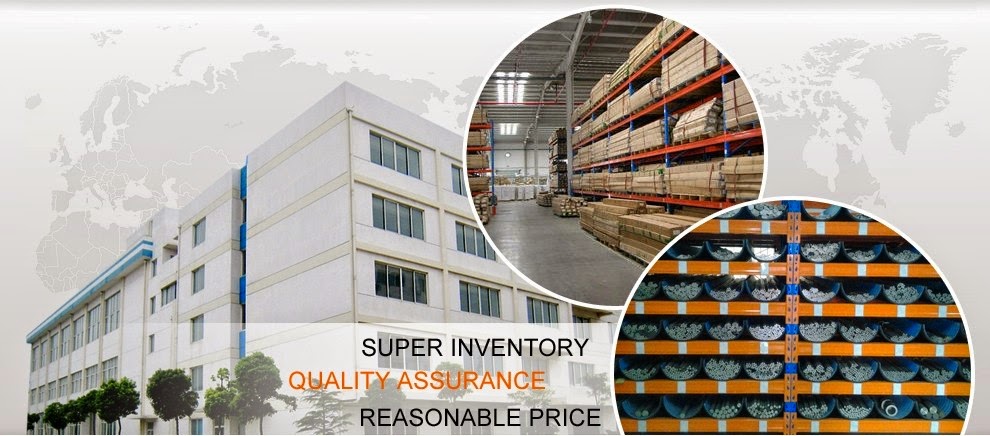The basic properties of titanium
Atomic structure
Titanium is located in the periodic table ⅣB family, atomic number 22, atomic nuclei by protons and 22 neutrons 20-32 months, extranuclear structure arranged 1S22S22P63S23D24S2. 5x10-13 cm radius of the nucleus.
Physical Properties
The density of titanium is 4.506-4.516 g / cm (20 ℃), the melting point of 1668 ± 4 ℃, latent heat of fusion 3.7-5.0 kcal / g-atom, the boiling point of 3260 ± 20 ℃, latent heat of vaporization 102.5-112.5 kcal / gram atom, critical temperature 4350 ℃, the critical pressure 1130 atm. Thermal and electrical conductivity properties of titanium is poor, similar or slightly lower than stainless steel, titanium superconducting, titanium superconducting critical temperature 0.38-0.4K. At 25 ℃, the heat capacity of titanium is 0.126 cal / gram atom · degree, enthalpy 1149 cal / g-atom, the entropy of 7.33 cal / g atom · degree, titanium is paramagnetic, permeability of 1.00004.
titanium material has plasticity, high elongation titanium up to 50-60% reduction of 70-80%, but low intensity, not suitable for structural materials. The presence of impurities in titanium, a great effect on the mechanical properties, in particular interstitial impurities (oxygen, nitrogen, carbon) can greatly increase the strength of titanium, significantly reducing its ductility. Titanium as a structural material has good mechanical properties, that is, by strict control of impurities and where appropriate to add alloying elements to achieve.
Chemical properties
titanium plates for saleat higher temperatures, can react with many elements and compounds. Various elements, according to the occurrence of different reactions and titanium can be divided into four categories:
The first category: halogen and chalcogen covalent bond with the formation of titanium compound and an ionic bond;
The second category: transition elements, hydrogen, beryllium, boron family, clan carbon and nitrogen elements and titanium intermetallic compounds and limited solid solution;
The third category: zirconium, hafnium, vanadium family and chromium family element scandium and titanium to generate an infinite solid solution;
The fourth category: an inert gas, alkali metals, alkaline earth metals, rare earth elements (except scandium outside), actinium, thorium, which do not react with the titanium or substantially non-reactive.





